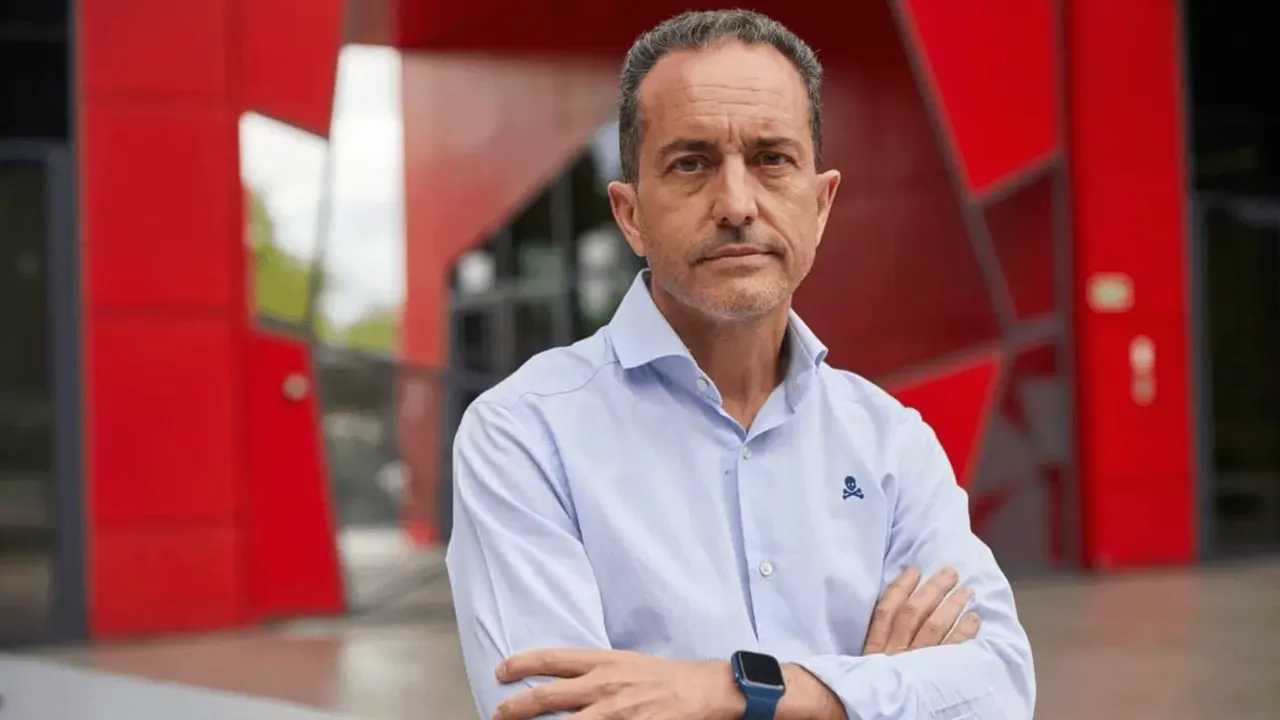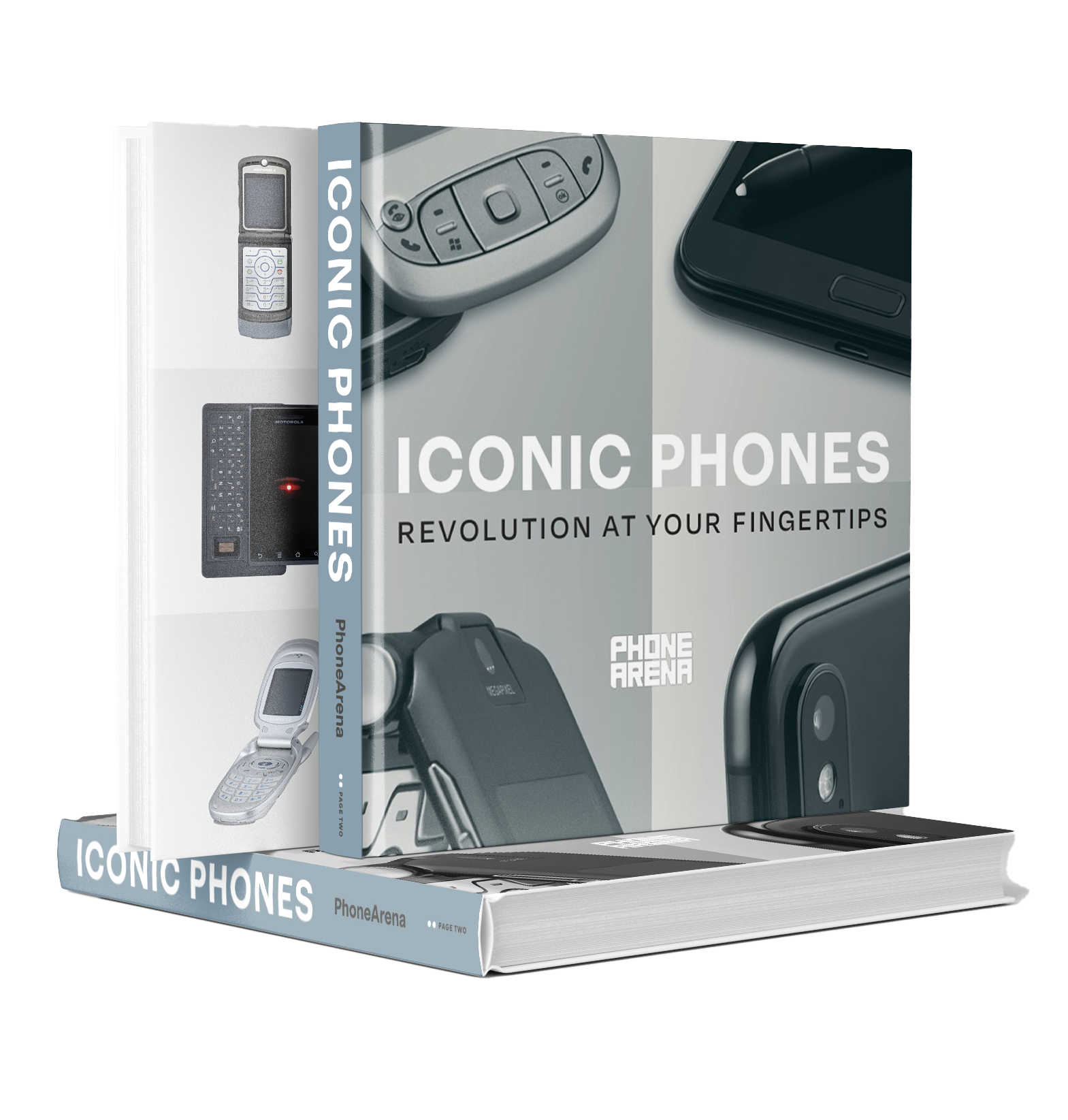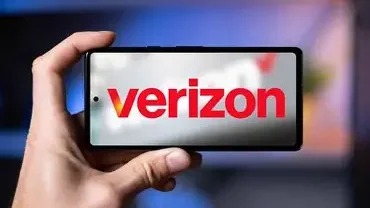Verizon fills its 6G Innovation Forum with big name tech companies
Tenorio says that he would love to welcome chipmaker NVIDIA to the forum. Obviously a heavy hitter in AI, the company could also be a big 6G player since it builds GPUs. Verizon also has a lot of influence in the wireless industry due to its position as one of the largest wireless carriers on the planet operating in one of its most populated markets.
Game changing 6G technologies are coming
The forum wants to discover 6G advancements that aren’t theoretical but are tangible including realistic new use cases for the connectivity. To do this, the forum will:
- Test new spectrum bands and bandwidths to unlock 6G’s full potential.
- Make sure that standards bodies like 3GPP work with the forum so that the forum’s work matches what is being developed for mainstream 6G, promoting interoperability across the industry.
- Create Verizon 6G Labs so that forum partners can test 6G technologies in a real-world environment. The first lab will be located in Los Angeles and these facilities will be used to host collaborative research, help with the creation of prototypes, and be the home of early lab and field trials.


Verizon Chief Technology Officer Yago Tenorio. | Image credit-Verizon
Massive MIMO, a technology that places more transmitters and antennas into a radio unit, is expected to get a jump in performance with 6G. While this tech has been around in 5G, it was limited to 32TRX (the number of transmitters and receivers per unit) and 64TRX. With 6G, this gets pushed up as high as 256TRX based on what Light Reading saw when they visited Nokia’s research and development center in Oulu, Finland.
There’s an issue with 6G’s use of higher spectrum bands. The signals from high band travel only short distances and can be blocked by trees and buildings. The fact that these signals do not travel far is the reason why mmWave hasn’t been greatly used in 5G despite its fast downlink speeds. Instead, 5G networks have used mid-band spectrum. While not as fast as mmWave, the tradeoff is that they travel longer distances.
But with 6G, there might not be an issue. Tommi Uitto, the president of Nokia’s mobile networks business group, says that 6.4GHz through 8.4GHz is the “golden band” for 6G. Verizon CTO Tenorio notes that “If you move to the upper 6GHz, lower 7GHz bands and you compare the propagation with the classical C-band, you can, in theory, get a very similar footprint, including in-building.”
In other words, at the beginning of the 6G “golden band” cited by Nokia’s Uitto, signals running from 6.425GHz to 7.125GHz will travel the same distances as 5G running through the C-band, including the ability to have signals enter inside buildings. This is very good news for the carriers since they won’t have to worry about the shorter distances that signals travel the higher you move up the frequency bands for 6G.


“Iconic Phones” is coming this Fall!
Good news everyone! Over the past year we’ve been working on an exciting passion project of ours and we’re thrilled to announce it will be ready to release in just a few short months.
LEARN MORE AND SIGN UP FOR EARLY BIRD DISCOUNTS HERE
#Verizons #Chief #Technology #Officer #talks
